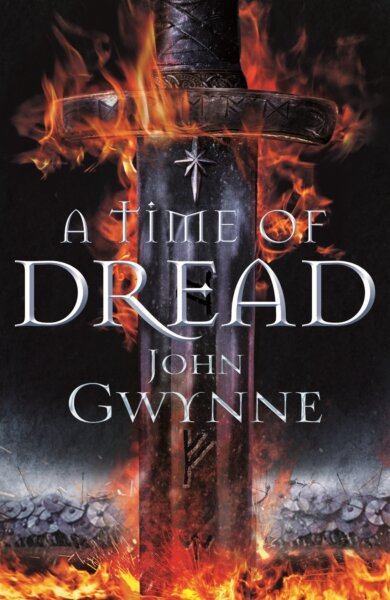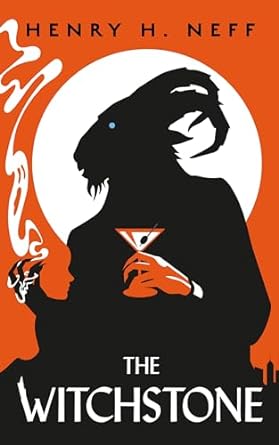
stormless
High-fantasy book review
The concept of having to live in a world continuously ravaged by cataclysmic storms, and not just one but a variety, is a fun, interesting, and ultimately cool idea. The idea that these storms power the magic system is again solid (albeit the author doesn’t quite distinguish enough from the Stormlight Archive.) The book doesn’t quite deliver on this concept to its full potential: instead of having to scrape out a living or adapt continuously to these devastating storms, the people are largely shielded from them, and the characters (and such the readers) don’t really interact with the storms much, almost exclusively hiding away from them. The result is that the storms are never put on full display for the reader, we’re never allowed to fully see and understand the apocalyptic power they exert, and so the story’s strongest feature is regulated to a backdrop. I wanted seas of fire burning across the sky, I wanted lightning shattering mountains, I wanted rains like Noah’s flood. The storms failed to deliver on this fantasy.
The magic system itself is a fairly standard elemental based magic system with fire, ice, lightning, etc, etc, and not enough is done with it (and not enough seen of the more unique systems —excluding the Shadow-Swifts— to compensate) to maintain interest or cool factor.
Our trio of main characters are solid, but Castien was the only one that truly grasped and held my interest, his plot being the most immediate with clear objectives and perils accompanied by internal struggles and feelings of insufficiency. The Prince’s story was more political intrigue (something I typically enjoy) but the prince himself largely lacked agency, not so much for lack of trying but for lack of actually achieving anything except annoying his father. The Shadow-Swift narrative is more active, but restricted by the fact that I never really liked our POV characters ( one of which enjoys killing and violence and the other which is only mildly displeased by the first characters murderous tendencies.) They are supposed to be morally gray, but both lack the contrasts that make those characters either interesting or root-able and are hurt by their objectives being nebulous through most of the narrative, changeable when they become clearer, and that most of them feel either actively antagonist or uninterested in helping the world or one another. The result is a series of characters that’s hard to invest in because you largely don’t want them to succeed, which evolves into a sense that everything’s going to end in tragedy.
The prose is solid and flows well, and there are several decent twists over the course of the narrative. (Astute readers will likely understand enough about the fundamentals of narrative structure to deduce these twists in advance, but they still make the narrative more interesting.)
This high-fantasy book can be bought at Bookshop.org
If you enjoyed this review, consider subscribing so that Adventuresome Book Reviews goes directly to your email.
Help other readers find books to read via sharing Adventuresome Book Reviews. We specialize in indie/small press publications.



